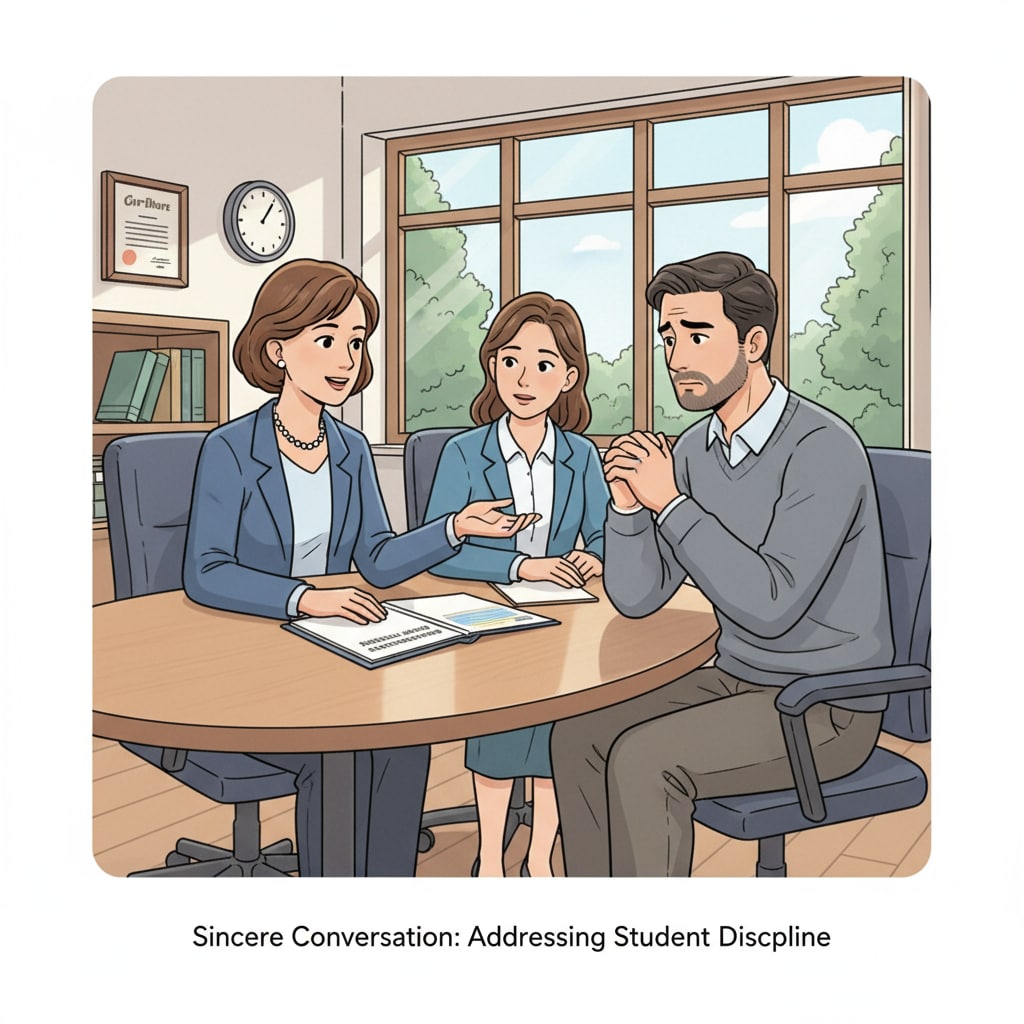In the realm of K12 education, school administrators are constantly faced with the intricate task of juggling school discipline, parental demands, and restorative measures. This delicate balancing act requires finesse and a deep understanding of both the educational goals of the school and the concerns of parents.

The Challenge of Divergent Expectations
One of the primary challenges school administrators encounter is the clash between parental expectations and the school’s restorative discipline policies. Parents often come from diverse backgrounds and have different ideas about how discipline should be administered. Some may prefer more punitive measures, believing that strict consequences are the best way to teach students a lesson. However, restorative discipline focuses on repairing harm, building relationships, and promoting learning from mistakes. For example, while a parent might demand suspension for a student’s misbehavior, the school’s restorative approach would involve a mediation session to address the underlying issues. Understanding Parental Expectations in School Discipline

Building Trust Through Communication
To bridge the gap between parental expectations and restorative discipline policies, effective communication is key. School administrators need to proactively engage with parents, explaining the principles and benefits of restorative discipline. By hosting workshops or informational sessions, parents can gain a better understanding of how this approach aims to create a more inclusive and supportive learning environment. In addition, maintaining open lines of communication regarding individual student cases helps parents feel involved and informed. For instance, regularly updating parents on the progress of a restorative process for their child can build trust. The Importance of Parent-School Communication
Another crucial aspect is setting clear boundaries for the discipline policy. School administrators should clearly define what is and isn’t acceptable behavior, as well as the corresponding restorative measures. This clarity helps parents understand the framework within which the school operates. When parents are aware of the consistent approach, they are more likely to support the school’s efforts. For example, having a written policy that outlines the steps in a restorative process, from the initial conflict resolution to the follow-up support, provides transparency.
In conclusion, school administrators play a vital role in balancing school discipline, parental demands, and restorative measures. By building trust through communication, setting clear boundaries, and implementing effective strategies, they can create a harmonious educational environment that meets the needs of both students and parents.

Readability guidance: The article uses short paragraphs and lists to summarize key points. Each H2 section provides relevant information in a clear manner. The passive语态 is minimized, and transition words are used throughout to enhance the flow of the content.


